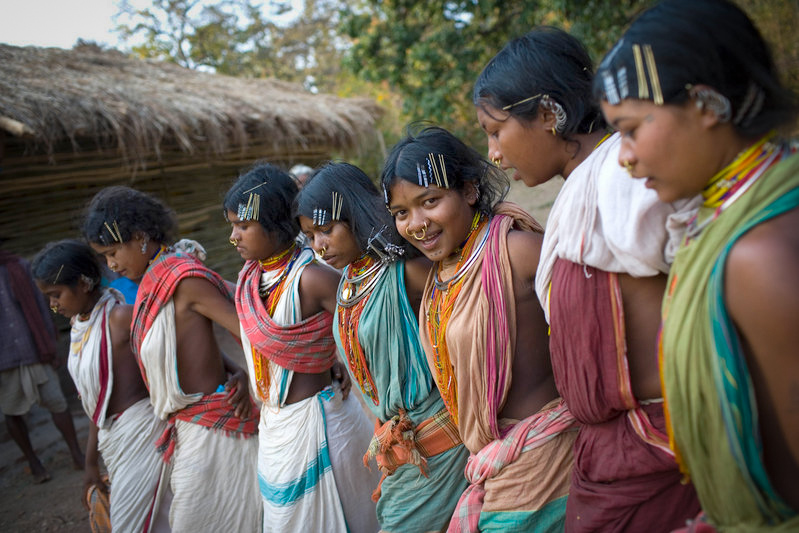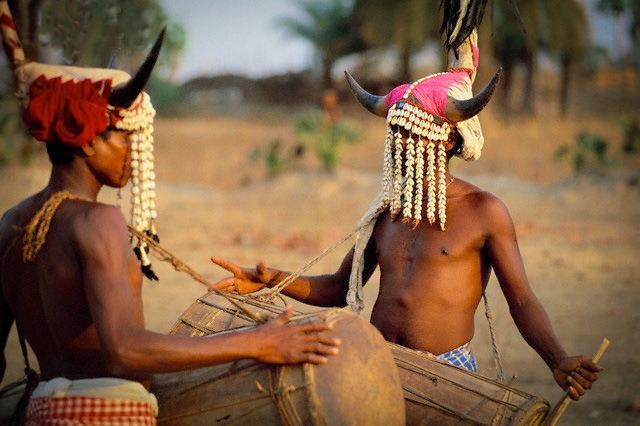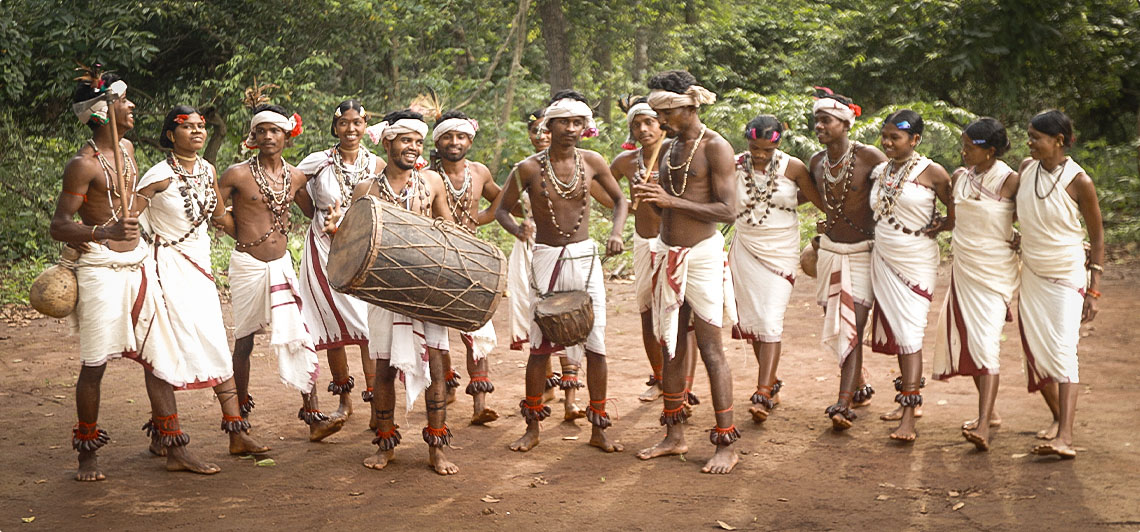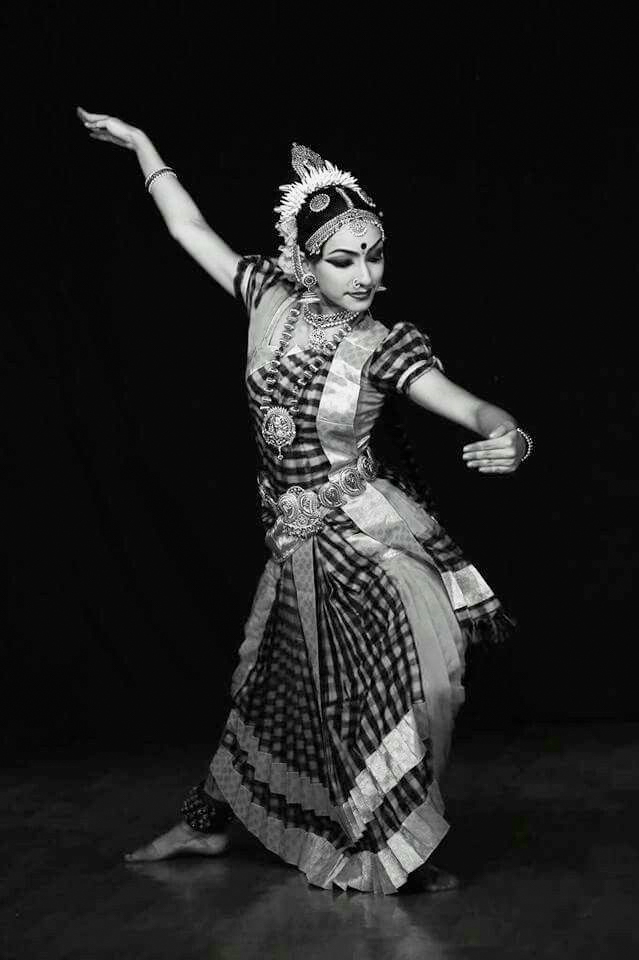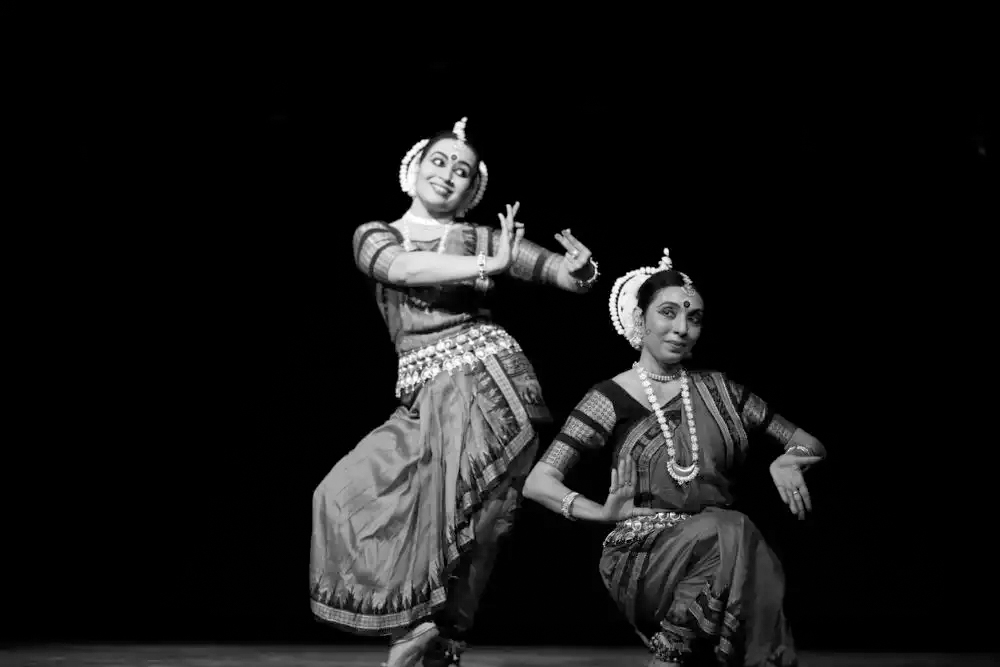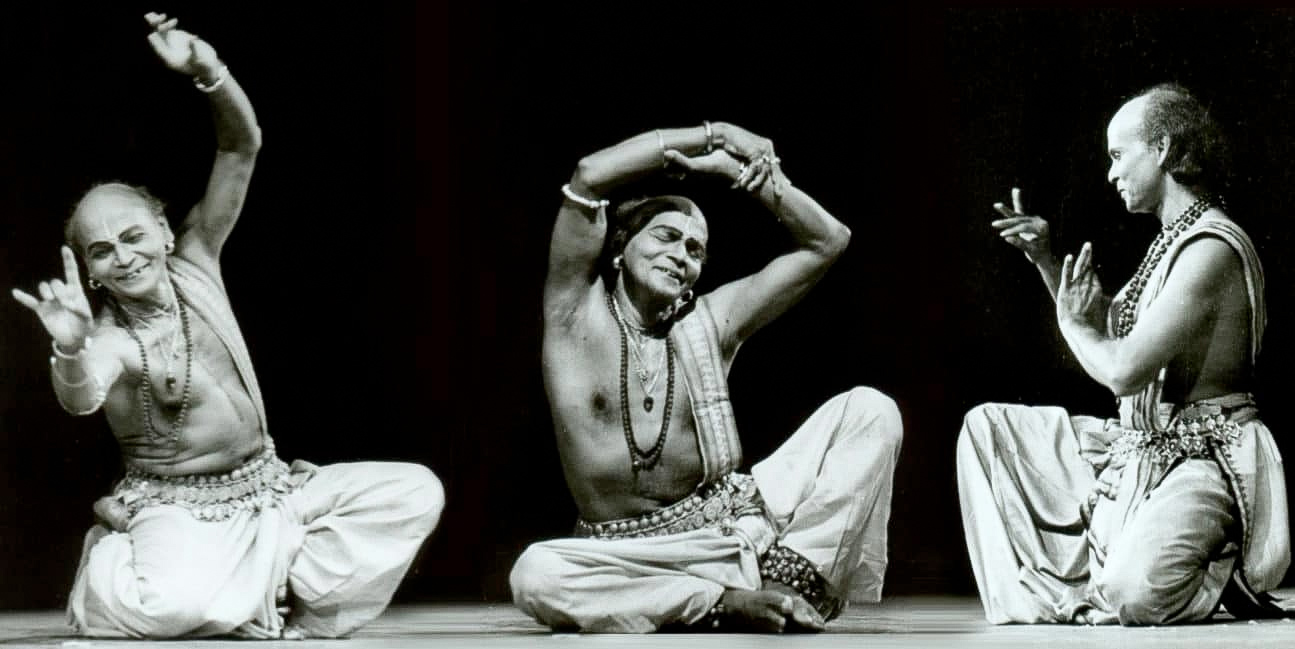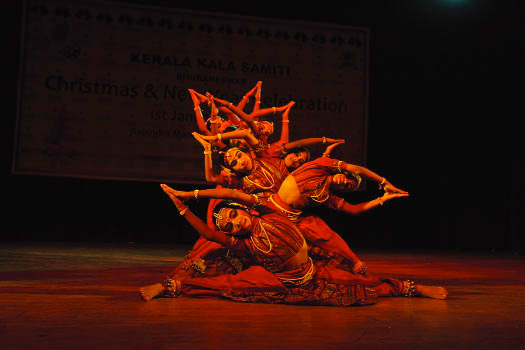
A nation’s culture resides in the hearts and in the soul of its people
-Mahatma Gandhi
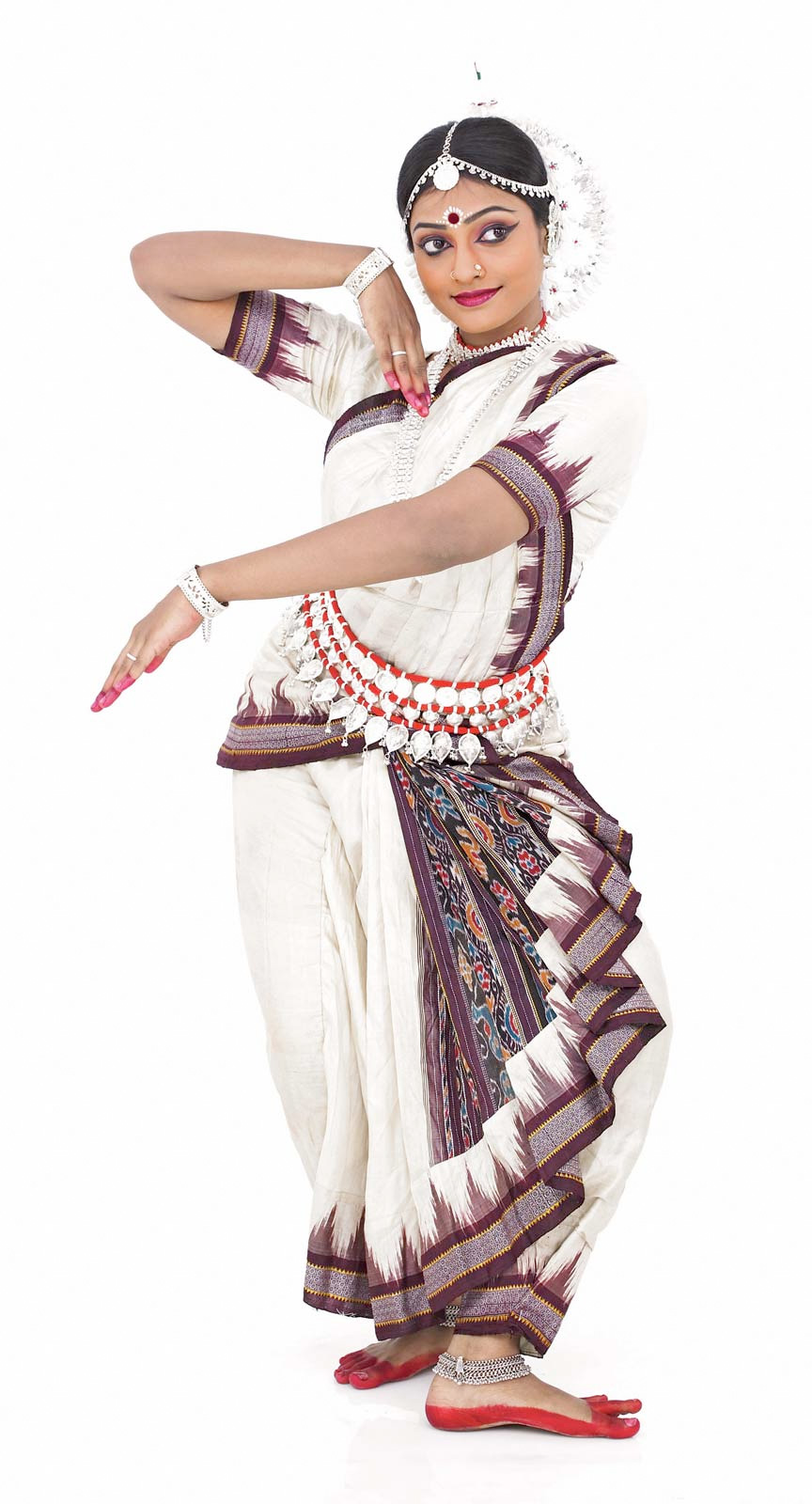
Dance & Music of Odisha
Dance, as a corporal movement, is the collage of the constantly moving image within a prescribed space, be it a stage or an open arena. In classical dances, body movement and gestures tend to be rigidly structured. This is not the case in either folk dances or tribal dances, which instead, enjoy enormous freedom and possibilities of innovation.
India, as a country rich in diverse cultural and folk arts, boasts a wide variety of dance forms from Odissi to Dhap/Chhau. As with other aspects of Indian culture, different forms of dance originated in different parts of India, were developed according to local traditions and thereafter, imbibed elements from other parts of the country. The dances are generally classified as classical, folk or tribal dances. In particular, traditional dance has long been a sacred expression of faith in the country, and thus, a cultural tour to the state/country is incomplete without experiencing its famous dance forms.
Dance, as a corporal movement, is the collage of the constantly moving image within a prescribed space, be it a stage or an open arena. In classical dances, body movement and gestures tend to be rigidly structured. This is not the case in either folk dances or tribal dances, which instead, enjoy enormous freedom and possibilities of innovation.
India, as a country rich in diverse cultural and folk arts, boasts a wide variety of dance forms from Odissi to Dhap/Chhau. As with other aspects of Indian culture, different forms of dance originated in different parts of India, were developed according to local traditions and thereafter, imbibed elements from other parts of the country. The dances are generally classified as classical, folk or tribal dances. In particular, traditional dance has long been a sacred expression of faith in the country, and thus, a cultural tour to the state/country is incomplete without experiencing its famous dance forms.
Tribal & Folk Dances
Indian tribal and folk dances are simple, and as a crucial part of daily life and religious rituals, they are often performed to evoke pleasure. These dances have eternal forms and rhythm.
Dance is the hidden language of the soul, of the body.
-Martha Graham
Classical Dances
Dance is an ancient and celebrated cultural tradition in India. Excavations, inscriptions, chronicles, genealogies of kings and artists, literary sources, sculpture and painting of different periods provide extensive evidence on dance in India. The Natya Shastra written by Bharat Muni is the most prominent source used by Indian aestheticians to establish characteristics of the dances.

